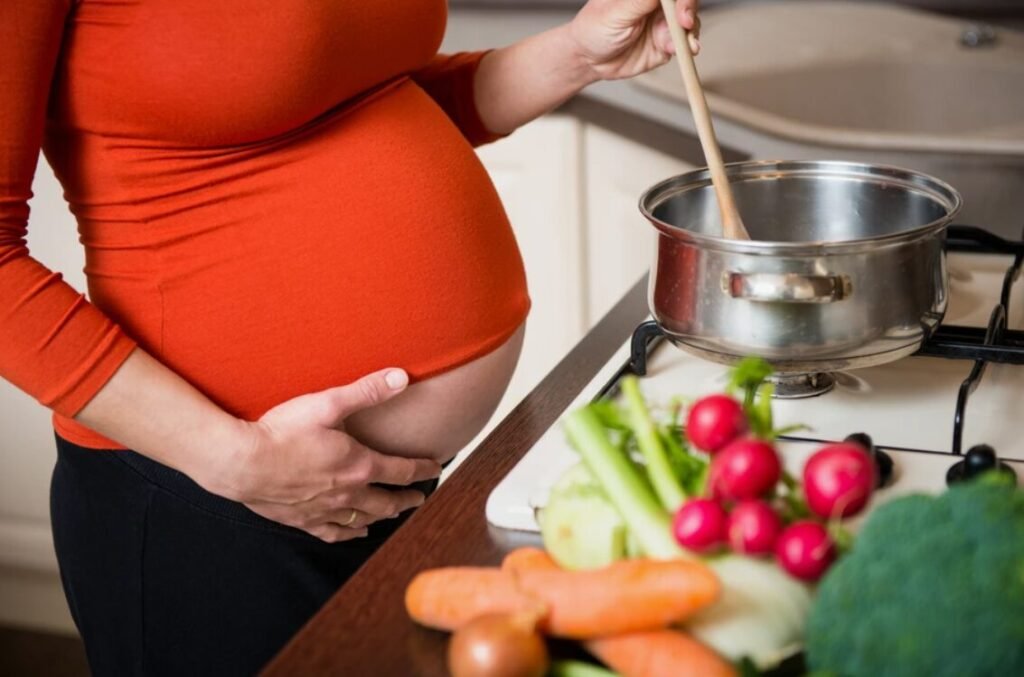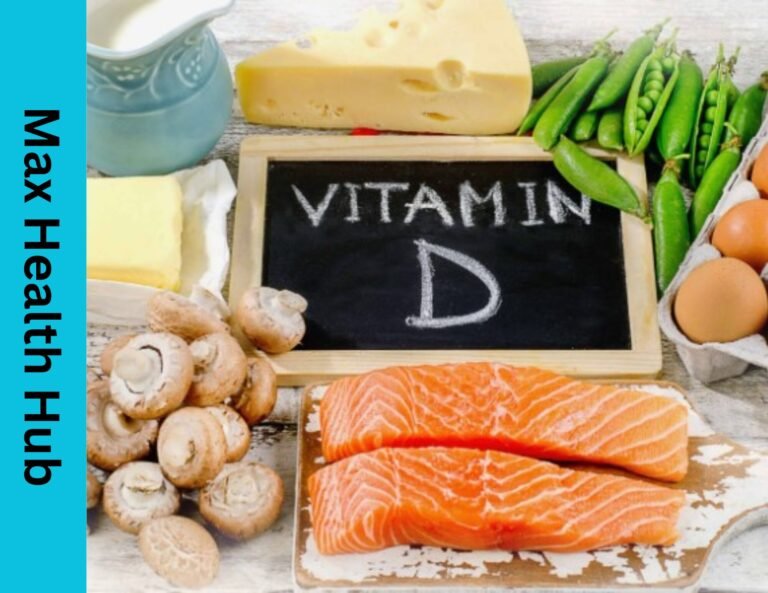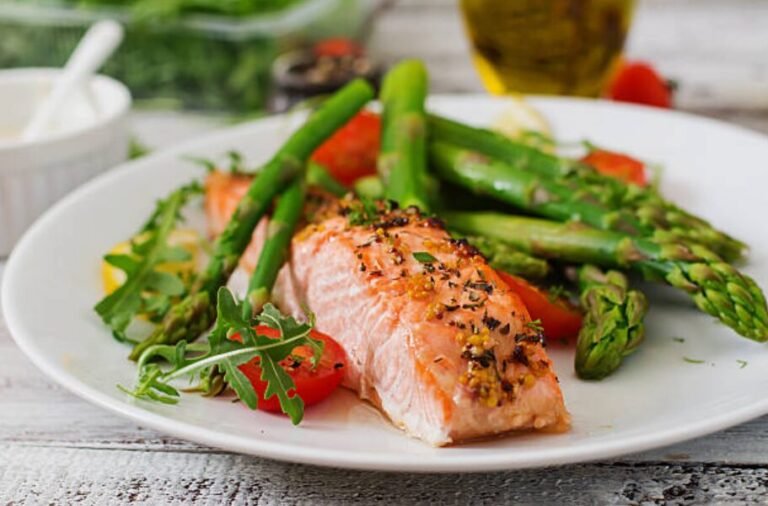1 to 3-month Pregnancy Diet Chart: A Detailed Guide
Pregnancy is a happy time for every parent. It shows the beginning of a new life and brings about a lot of changes in the women. On top of being extremely demanding on our bodies whenever we are pregnant, women need to eat well (or at least try), especially in the First trimester, to stay healthy and help the baby grow. So, in this guide, I try to provide a complete one—to three-month pregnancy diet chart to keep diet on track.
Tips for a Healthy First-trimester Diet
- Stay hydrated
Drink at least 8 to 10 glasses of water a day. Use other beneficial fluids like herbal teas, milk, and diluted fruit juices.
- Eat small, regular meals.
Nausea managing is easier by eat small, frequent meals instead of large meals. It also stable blood sugar level.
- Limit caffeine intake
It is best to reduce caffeine intake to less than 200 mg daily, which is about 12-ounce cup of coffee. Also choose other healthier sources of caffeine like tea, including green, matcha, and Earl Grey tea.
- Include fiber-rich foods
Fruits, vegetables, whole grains, and legumes, help in preventing constipation. Foods like apples, berries, broccoli, beans, and whole-grain bread are beneficial sources of fiber.

Nutritional Guidelines for the First Trimester
- Calories: Supplement eats whole nutrient-packed foods.
- Protein: Daily need: 60 -70 g
- Natural sources: Lean meats, eggs, legumes, dairy products, tofu
- Folic Acid: Required for neural tube (brain and spinal cord) formation.
Daily Allowance: 400-600 mcg
- Calcium: helps the baby with bone development and keeps her bones healthy.
Daily Requirement: 1000 mg
Sources: dairy products, plant-based milk (fortified), broccoli, almonds
- Iron: This process supplements the body with hemoglobin, keeping anemia at bay.
Daily Requirement: 27 mg
Sources: Red meat, spinach, lentils, fortified cereals, and beans.
- Vitamin D: Supports calcium absorption and bone health.
Daily Requirement: 600 IU
Sources — sunlight, fortified milk, liver, eggs, fatty fish like salmon
- Omega-3 Fatty Acids: Necessary for a developing fetus’s spinal cord and eyes.
Supports: Fatty fish (such as salmon and sardines), flaxseeds, chia seeds, and walnuts.
Pregnancy food that has iron :
- Red meat (beef, lamb)
- Poultry (chicken, turkey)
- Sardines, salmon, shrimp. Seafood
- All beans and legumes (lentils, chickpeas, soybeans)
- Spinach and leafy greens
- Iron-fortified cereals
- Pumpkin seeds
- Tofu
- Quinoa
- Dried fruits (apricots, raisins)
- Combine them with vitamin C foods (think: oranges or bell peppers) for even more increased iron — goji’s great, too.
Meal Plan for Pregnancy Diet Chart for 1st Trimester
| Meal | Meal options |
| Breakfast | • Oatmeal drizzled with honey and garnished with fresh berries. • Avocado on whole grain toast topped with chia seeds. • Smoothie with banana, spinach, Greek yogurt, and a little extra from almond milk that has been strengthened. |
| Snack | • Nuts, like walnuts and almonds. • A fruit salad consisting of berries and citrus fruits. • Granola and cut fruits mixed with yogurt. |
| Lunch | • A lemon vinaigrette topped with grilled chicken salad and cherry tomatoes on mixed greens. • Quinoa bowl topped with diced bell peppers, corn, black beans, and lime juice. • Whole grain bread on the side along with lentil soup. |
| Snack | • Hummus on carrot sticks. • Slices of apple with peanut butter. |
| Dinner | • Stir-fried tofu with mixed veggies and quinoa; baked salmon served with a side of steamed broccoli and brown rice. A dish of marinara sauced spaghetti accompanied by roasted Brussels sprouts. |
| Snack | • Milk plus a sprinkling of cinnamon. • Cereal made entirely of grains enhanced with plant milk. • Berry bowl with a dollop of Greek yogurt on top. |
Understanding Diabetes in Pregnancy
Gestational Diabetes is a common state among many women. In this state, the amount of insulin in a pregnant mother’s body falls to deficient levels. In turn, blood sugar control is reduced. In the long run, after pregnancy, uncontrolled may increase the likelihood for moms to develop type II diabetes.

Considerations for a Pregnancy Diabetes Diet Menu
| Choose More Often | Choose Less Often |
| 100% whole grains Non-starchy vegetables Some starchy vegetables (like potatoes, corn, and peas) Fruit (1-2 servings per day) Beans Lentils Chicken Nuts/seeds Popcorn Unsweetened yogurt Avocado oil Olive oil Salmon Sardines Chia seeds Flaxseeds | Desserts Soda Juice White bread/pasta Refined grains Highly processed foods Fast food Fried foods Baked goods Candy |
Foods to Avoid or Limit
Undercooked meat or fish, which can potentially contain salmonella and be risky for mother and baby, should not be eaten in early pregnancy. Caffeine intake should also be decreased, and Alcohol is a complete no during the entire course of pregnancy. Ensure you strictly adhere to these rules while cooking some meals yourself.
Meal Timing and Frequency
Spread out your meals throughout the day. You can eat every 2-3 hours, but make sure your portions are not huge. You can have three meals and two snack times during the day. Make healthy pairs of food items to keep blood sugar in check while having a good, nutritious calorie intake during the day.
A good approach would be to make a 1 to 3-month pregnancy diet chart to guide you in the first trimester. You will become habitual once you follow it.
Monitoring Blood Sugar Levels
Buy a glucometer and make a routine of checking your blood sugar levels. An ideal way would be to check early in the morning before having breakfast, then before lunch and dinner and before bedtime. Checking before mealtime will give you an idea about how much you need to consume and what food items you need to avoid.
Take advantage of your Doctor’s appointments.
Take advantage of Doctor’s appointments at any cost. Health during pregnancy comes before everything else, especially now that you are dealing with Diabetes as well. Your Doctor will get your regular blood work done and check on your baby as well. The doctor will observe any minor details that you might not have experienced or noticed.
Conclusion
Pregnancy is a challenging phase, especially if it is the first baby you have ever had and you have no clue about anything. With Diabetes in pregnancy, it can be even more challenging for the pregnant mom. Pregnancy with Diabetes is not a significant problem; you can have diabetes control, confusing your diet and a proper diet, and you will also be able to give birth to a very healthy baby. In the first trimester, focus on a balanced diet that supports your baby’s development and your well-being. Incorporate lean proteins, whole grains, fruits, and vegetables. Iron-rich foods such as lean meats, leafy greens, legumes, and fortified cereals help prevent anemia. If managing gestational diabetes, prioritize complex carbohydrates, small frequent meals, protein pairing, and avoid refined sugars to maintain stable blood sugar levels. May all you Mom-to-be stay safe in your pregnancy!
FAQs
At what time of pregnancy, Diabetes develops?
Gestational Diabetes mainly develops during the 3rd month of pregnancy.
How risky is gestational Diabetes?
Gestational Diabetes usually resolves right after giving birth, but sometimes it may develop into type II diabetes if not treated properly.
Can You Reverse Gestational Diabetes?
Having gestational diabetes does not mean that diabetes forever. The American Diabetes Association (ADA) confirms that gestational diabetes typically goes away after pregnancy, especially for those without a prior diabetes diagnosis.






